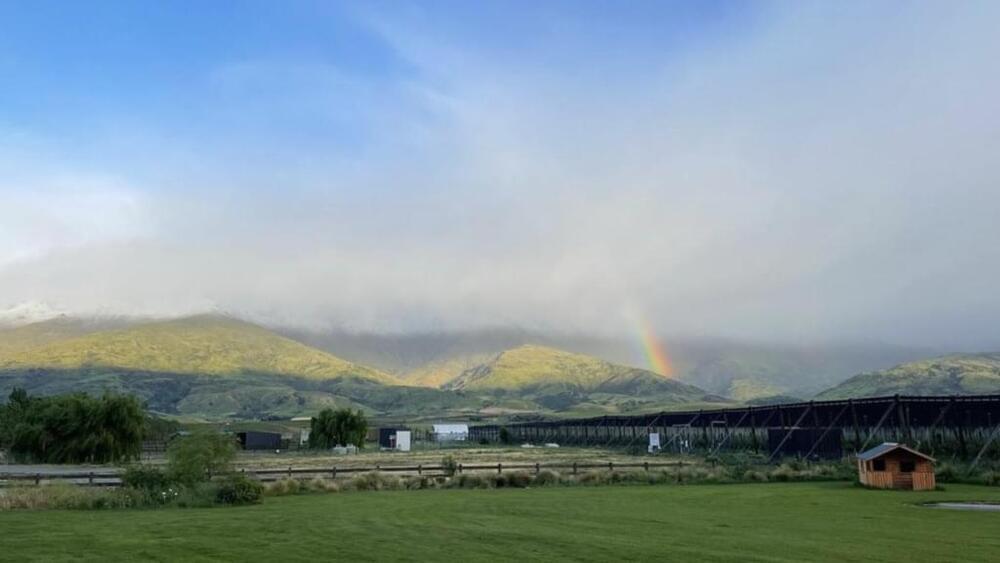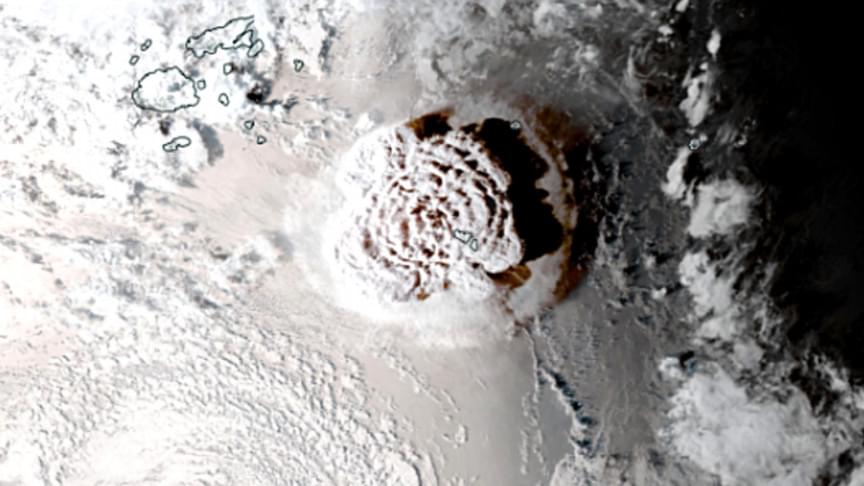“This is not ‘SpaceX did something bad’—it’s perfectly standard practice to abandon stuff in deep orbit,” writes McDowell. “This is ‘none of the space agencies care about leaving stuff out beyond the Moon’.”
However, with the age of commercial space industry there’s going to be a lot more junk like this. Something needs to be done. “It’s time for the world to get more serious about regulating and cataloging deep space activity,” writes McDowell. ## Why we need to launch rockets and satellites.
There seems to be a swell of doubt around whether the carbon footprints of rocket launches can be justified in this age of rampant climate change. Attaching the term “space junk” and Elon Musk’s name instantly make it a big and negative story.
Full Story:
When is the SpaceX rocket going to crash into the Moon?
On February 11, 2015 a Falcon 9 rocket from Elon Musk’s SpaceX launched from Cape Canaveral. After sending the Deep Space Climate Observatory (DSCOVR) satellite into an orbit where there’s an unhindered view of the Sun the rocket’s spent upper stage went into a chaotic elliptical orbit of Earth.









